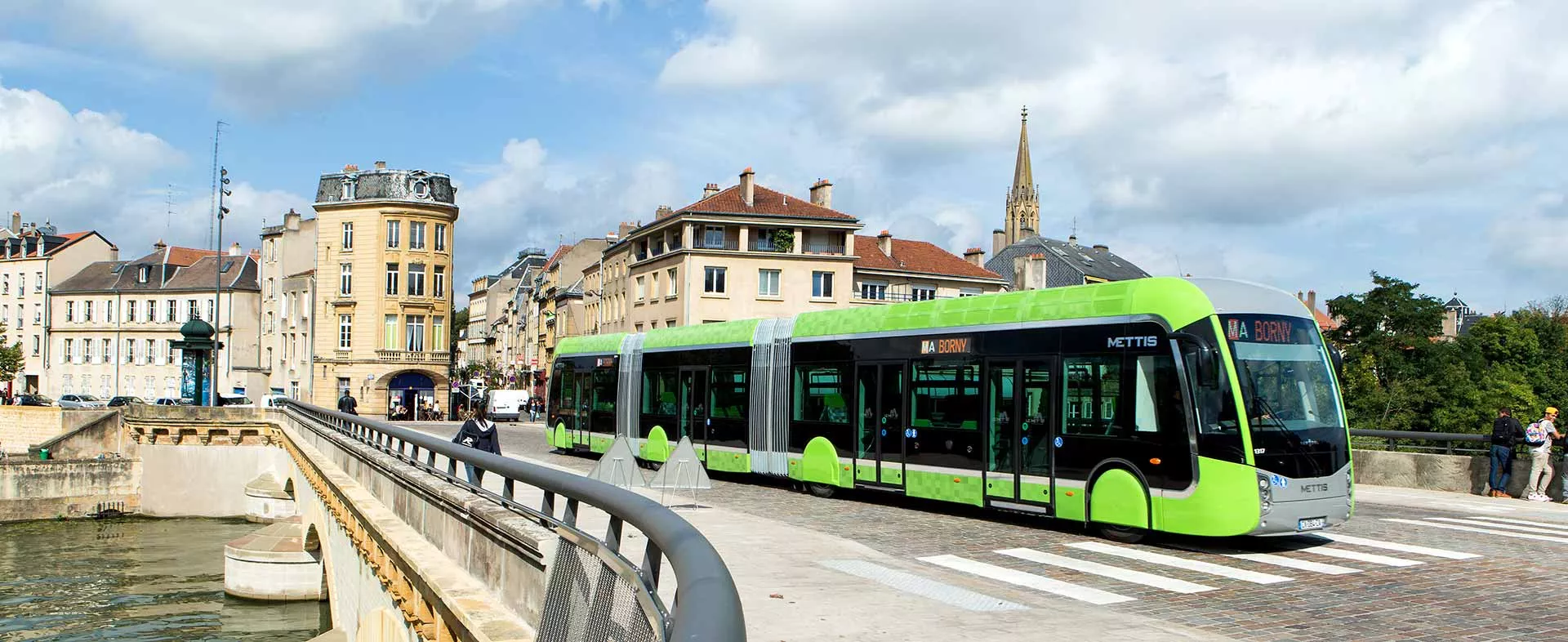
Keolis defends resilient public transport
In an article published in “L’Opinion”, the former Chairwoman of Keolis, Marie-Ange Debon, argues in favour of public transport systems that can withstand climate uncertainty, in the interests of ensuring traffic safety, avoiding disruptions and maintaining passenger comfort and staff working conditions.
Adapting to a changing climate
Let’s face it: exceptional weather events are no longer exceptional! The torrential rains in Dubai, the heatwaves in India and the United States, and the succession of floods in France all served to remind us of this once again this spring. And as the frequency of these phenomena is increasing, so is their intensity. Our daily living conditions are already being heavily impacted, with higher temperatures in summer, heavier rainfall, more intense droughts, more violent storms, and other consequences. To quote just one figure: according to Météo France, the number of heatwaves in France has risen from once every five years before 1989 to once a year since 2000.
It is therefore vitally important for our public transport systems to adapt. This is an absolute necessity. First and foremost, for safety reasons – of course! Secondly, not only to avoid line interruptions and disruptions to this essential service for life in our conurbations and regions, but also to preserve the comfort of passengers and the working conditions of our employees all year round.
Identifying risks and solutions
Keolis has taken the lead. Firstly, by identifying the exposure of our sites and network to climate risks. Working with a “climate and risk” expert, we have carried out an inventory of 1,000 of our sites in 11 countries (bus depots, railways). This study has identified the most damaging climate risks for the bus, metro and tramway services we operate: heavy rainfall leading to flooding, flooding and landslides, and heat waves. The audit also identified the most exposed areas of our network: Dubai, France’s Rhône Valley and south-eastern coast, the province of Liège in Belgium, certain states in the USA, and Australia.
Assessment: in these regions as a priority, and at all our sites, we are gradually introducing solutions to anticipate and prepare for the management of these events, minimise damage and restore the public transport service as quickly as possible. To strengthen our resilience in the short term, these action plans are based mainly on administrative measures that are tailored to each site. For example: review the location of heat-sensitive equipment depots or, for rolling stock, identify safe depot locations in non-flood zones.
We are also performing an in-detail review to improve the efficiency of our incident response procedures. In the Boston area last September, severe flooding submerged the drainage system near a station and washed away the soil beneath two commuter train tracks. Our teams worked with Massachusetts Bay Transportation Authority (MBTA) staff to rebuild the track bed and improve the drainage system in the area. Service was restored in eight days! A great result.
Prevention and cure
In the medium term, we are aiming for “curative” adaptation, i.e. rapid technical action to mitigate the consequences of climate-related hazards. For example: in Bordeaux, we are testing the “Fresh Air” system on certain tramway trains, which replenishes air using “inside” (cooler) air instead of “outside” (warmer) air. This process, which requires indoor air to be recycled to purge its CO2, makes air conditioners more reliable and saves energy. At the same time, to reduce the effects of any flooding, we are carrying out a series of checks and increasing the watertightness of our facilities.
Lastly, we are working on “preventive" adaptation in the long term. In this case, it means rethinking infrastructure in cooperation with the authorities responsible for organising the equipment. For example, redesigning bus and tram stops to allow for draughts; providing separate air conditioning for drivers; working with manufacturers to review choices of materials and the design of trains and buses to increase their resistance to heat. In some cases, to make infrastructure less vulnerable to flooding, the rainwater chain needs to be modified.
Long-term projects
As you can see, these initiatives require time, consultation and – in some cases – substantial investment. Keolis has already embarked on this ambitious project. Public transport makes a vital contribution to mitigation policies, but these are increasingly inadequate in the face of the 1.5° target set out in the Paris Agreements. So adapting our public transport networks to the new climatic conditions is no longer an option; it’s a challenge to which we are all fully committed.
Share the article